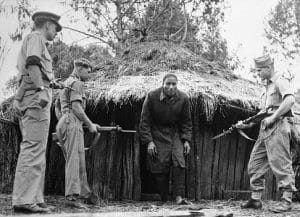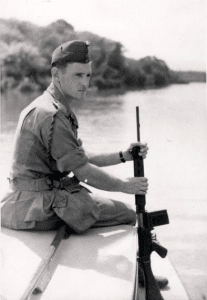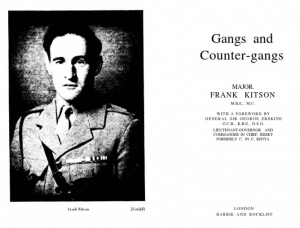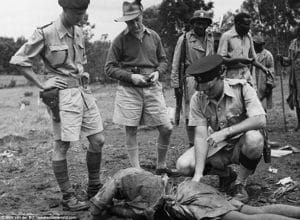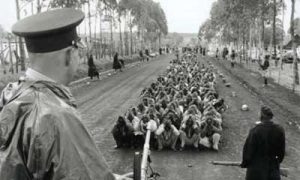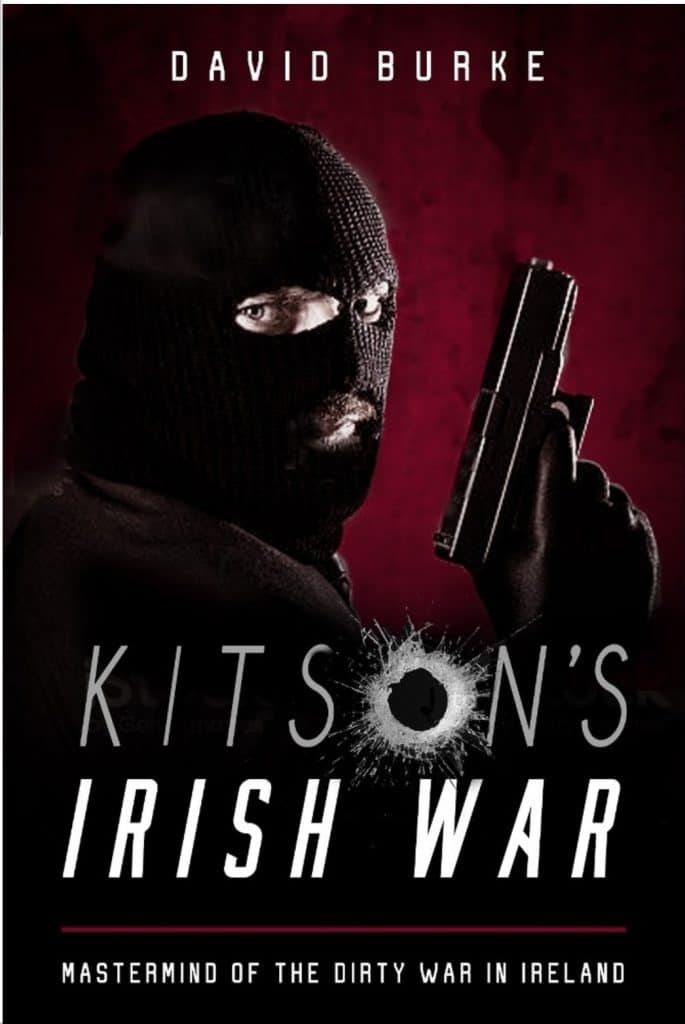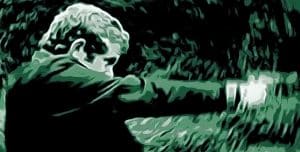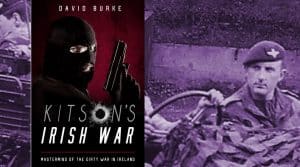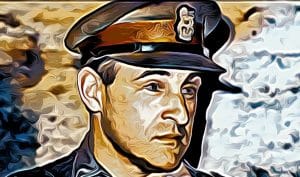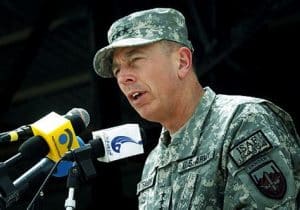Kitson’s first overseas assignment was to Germany in 1946 with the rank of second lieutenant. He remained there for seven years. He found plenty of sport to occupy his spare time such as racing horses in Rhine Army competitions, trout fishing and ‘many wonderful opportunities for shooting … and by shooting I don’t mean plugging holes in targets’, he wrote.’ Playing bridge and attending the opera also helped to pass the time. By 13 September 1949, he had found his vocation and was appointed as an intelligence officer at the HQ of the Armoured Brigade in Germany.
Half a world away, in October 1952, the Kenya Land and Freedom Army (KLFA) launched a rebellion against the white European colonist-settlers in their homeland. The British army and the local Kenya Regiment resisted them. The latter included British colonists, local auxiliary militia and some pro-British Kenyans. Later, MI5 was deployed to help suppress the rebellion. The KLFA, also known as the Mau-Mau, consisted of rebel tribesmen from the Kikuyu, Meru, Embu and other Kenyan communities.
In July 1953, Kitson was transferred to Kenya ‘to do a job connected with Intelligence’. After seven years, he was glad to be leaving Germany. He was twenty-six.
The Mau-Mau rebellion was inspired by a desire on the part of the Kikuyu and other Kenyans to reclaim by armed insurrection land taken from them by the British. Kitson, however, seemed to think that opposition to Britain was inspired in large part through the intercession of witchcraft. He had a rose-tinted view of Britain’s presence in the country:
During the half century in which the British had ruled Kenya they had dispelled the fears which had formerly come from raiders, slavers and disease, but the fear of magic was still a powerful force. As I sat at home reading about the witch-doctors and their ways, I too felt that fear, flickering faintly across the four thousand miles which separated me from the Kikuyu.
He did not see the Kikuyu as civilised people. Instead, he described how they:
relied mainly on magic and therein lay the greatest of all the horrors which beset them. Most witch-doctors were not malign in the sense of wishing harm to their clients. On the contrary, they doubtless did their best. On the other hand they sat in the middle of a web of superstition which bound the whole tribe in thrall to an unseen world of spirits, omens, curses and blood.
At this time in his life, Kitson kept a Bible by his bedside. A clue as to the type of Christian he was can be gauged by the fact that on his first Sunday in Nairobi he attended a service in the local Anglican cathedral and wrote later: ‘I sat next to an African woman who had bad halitosis and I was surprised to find that there was no segregation of races into separate parts of the building’.

The British campaign against the Mau-Mau was merciless. In 1953, Gen. George Erskine, commander-in-chief of British armed forces in Kenya reported to the secretary of state for war, Anthony Head, that in the early days there had been a ‘great deal of indiscriminate shooting by the Army and Police’ and he was ‘quite certain’ that prisoners had been:
beaten to extract information. It is a short step from beating to torture, and I am now sure, although it has taken me some time to realise it, that torture was a feature of many police posts. The method of deployment of the Army in the early days in small detachments working closely with the police … had evil results.
… I very much hope it will not be necessary for [Her Majesty’s government] to send out any independent enquiry. If they did so they would have to investigate everything from the beginning of the Emergency and I think the revelation would be shattering.
What were these ‘evil results’, the revelation of which would have been ‘shattering’? In Cruel Britannia, A Secret History of Torture, Ian Cobain summarises some of the atrocities in Kenya:
Men were whipped, clubbed, subjected to electric shocks, mauled by dogs and chained to vehicles before being dragged around. Some were castrated. The same instruments used to crush testicles were used to remove fingers. It was far from uncommon for men to be beaten to death. Women were sexually violated with bottles, rodents and hot eggs.
This all took place against a background of curfews, internment and capital punishment. Over 1,200 Kenyans died dangling at the end of a noose.
One of the torture victims was Hussein Onyango Obama who had served with the British army during the Second World War in Burma. When released after six months in detention, he was emaciated, suffering from a lice infestation of his hair and had difficulty walking. He died in 1979. His wife informed journalists that he had told her that the British had ‘sometimes squeezed [his] testicles with parallel metallic rods’. They had also ‘pierced his nails and buttocks with a sharp pin, with his hands and legs tied together with his face facing down’. Hussein Onyango Obama was the grandfather of Barak Obama.

One British officer quoted by David Anderson in ‘Histories of the Hanged’ revealed just how brutal the campaign became. He described how a police officer was interviewing three suspects:
… one of them, a tall coal-black bastard, kept grinning at me, real insolent. I slapped him hard, but he kept on grinning at me, so I kicked him in the balls as hard as I could … when he finally got up on his feet he grinned at me again and I snapped. I really did. I stuck my revolver right in his grinning mouth … and I pulled the trigger. His brains went all over the side of the police station. The other two [suspects] were standing there looking blank … so I shot them both … when the sub-inspector drove up, I told him the [suspects] tried to escape. He didn’t believe me but all he said was ‘bury them and see the wall is cleaned up’.
Kitson recalled his initial thoughts upon arriving in Nairobi in August 1953 thus:
Soon afterwards we went for a walk in Nairobi. By this time it was dark but there still seemed to be a lot of Africans wandering about. The main streets were well lit but not the smaller ones, and as we walked past the entrance to one of these I saw two or three men squatting round a watchman’s fire some fifty yards away. I had been interested to see the Africans at close range in the street. I may even have been a bit excited. I had thought so much about the notorious Mau-Mau and their murders, mutilations and brutalities that I was naturally elated at last to be on the threshold of such things. But the sight of the three men round their fire had a different effect. This brought back to my mind stories of another sort. Stories of age-old magic rites, of bestiality, obscenity and the power of unseen forces. Again I felt the uneasiness which I had experienced in England but this time it was more than a faint flicker.
***
Kitson’s ingrained colonial attitude can be gleaned from another passage in his 1960 book, ‘Gangs and Counter-Gangs’. He was assigned to Narok in the Masai region. According to Kitson, the Masai:
were not interested in the Mau-Mau. The Kikuyu were running the [Mau-Mau] movement and the Masai were their hereditary enemies. Unfortunately they had intermarried a lot with the Kikuyu as so many of their own women were barren due to congenital syphilis. From these mixed marriages there grew up a large colony of half-breeds who had forsaken the nomadic life of the proper Masai and who were working in shops and sawmills throughout the area. They proved to be enthusiastic supporters of the movement and by April several [Mau-Mau] gangs had formed and were doing quite a lot of damage.
Kitson experienced no difficulty operating in the grotesque hell that Kenya had become. After dinner one night a colleague said he wanted to have a quick look in the Tigoni mortuary because he was missing an informer who might have found his way in there. ‘The shambles inside was past all describing’, he wrote. There ‘must have been eighteen bodies in a place the size of a small summer house … Some of them had been there for five days and were partially decomposed. They were all lying around tangled up on the floor as there were no slabs in the Tigoni charnel house’. His colleague behaved as though nothing was wrong and ‘continued talking about whatever it was we had been discussing before we got there, as he rummaged around in the human wreckage. After a few moments while I looked out through the door I forced myself to look back inside again. In a surprisingly short time I found that I was no longer bothered by the sight. But for the smell, I might even have been looking at a lot of old bicycles lying on the ground… Now I had seen something more revolting an I could have imagined – even the cinema could not have produced such a spectacle – and I had found that I hardly minded at all. From that time on I felt more sure of myself.’
Kitson would go on to work closely with MI5 in Kenya and used the experience to fine-tune a counter-insurgency technique that involved the use of ‘counter-gangs’ or ‘pseudo gangs’. This was a practice of ancient pedigree. The Chinese military general and Taoist philosopher, Sun Tzu, had ordained centuries ago that ‘to understand your enemy, you need to be your enemy’. That attitude underpinned the concept of the ‘pseudo-gang’ and, in more modern times, has become known as asymmetric warfare. The principle involves the use of ‘friendly’ or ‘turned’ insurrectionaries to attack other insurgents and their supporters. In reality, it is State terrorism by proxy.
Some argue the concept can be discerned in the Yeomanry of 1798 in Ireland (or further back when Elizabethan and earlier English conquerors used Irish against Irish). Certainly, the counter-gang idea was in full flow in Kansas and Missouri during the American Civil War, and the British used it in South Africa during the 1899-1902 Boer War. The Second World War had so many such units, space does not permit a review. The French deployed similar tactics in Algeria in the 1950s and 1960s.
Kitson described how rebels could be turned through `carrot and stick’ tactics to work for the British. With their native appearance and local knowledge, they could move about freely with the aim of infiltrating and deceiving the rebels. Adopting the appearance of the enemy and generating confusion behind enemy lines was a tactic which the British had exploited not long before this in Palestine. When one of Kitson’s pseudo-gangs in Kenya met a band of rebels, they would either eliminate them or report their location to their headquarters. In his 1960 publication, Kitson gave a detailed account of how this was done with the help of one Mau-Mau fighter he called ‘George’.
Kitson wrote about his experience in Kenya in two books, ‘Gangs and Countergangs’ (1960) and ‘Bunch of Five’ (1977). The foreword to his first publication described Britain’s presence in Kenya as a ‘benevolent autocracy of good Colonial administration. The Mau-Mau were associated in my mind with all that was foul and terrible in primitive savagery. He described the thrill of chasing one wounded and bleeding Mau-Mau quarry thus:
This time there was a much bigger pool of blood. We started moving forward very slowly on hands and knees to see between the coffee bushes. Eric was in front as usual. Suddenly I caught sight of a bit of a rag just to Eric’s right and shouted a warning. I even went so far as to draw my pistol, which I seldom did for fear of accidents, but it was unnecessary. Eric and Bill Henning launched themselves simultaneously on the wretched fellow, who was made prisoner with little fuss. The hunt was over but it had been fascinating while it lasted. There is no doubt at all that one cannot savour the full thrill of the chase until one hunts something which is capable of retaliation.”
In his 1977 offering, he revealed that most British soldiers in Kenya ‘saw evidence of revolting Mau-Mau brutality from time to time, and probably regarded the finding and disposing of gang members in the same way as they would regard the hunting of a dangerous wild animal’.”
Kenya suffered its own Bloody Sunday, which took place in June 1953 shortly before Kitson’s arrival. In his books, he ignored it and other British atrocities despite the fact that two of them contained purported histories of the conflict. The massacre was perpetrated when Major G. S. L. Griffiths of the King’s African Rifles B Company descended upon the Chuka area of Kenya with his troops on 13 June. His intention was to flush out the Mau-Mau he believed were lurking in the nearby forest. Griffiths demanded of a prisoner they had captured that he assist them, but the captive refused. In response, he ordered his men to rip open a hole in his ear with a bayonet. After they complied, a piece of string was threaded through the wound and used as a leash for the next four days. A second prisoner had to watch what was happening. When he too refused to help, his ear was amputated. He continued to resist and was shot dead.
Over the next two days Griffiths’ troops captured a number of Mau-Mau rebels on the boundary of the forest. On 17 June, a patrol of ten men led by an African warrant officer began to search farmland on the edge of the forest. They came across a group of men whom they ordered to lie face down, after which they set upon them. Two of them managed to escape later, when they were sent to fetch food. The other ten were shot on the ground at close range.
The following morning another nine men and a child were murdered in cold blood in a clearing near a small coffee farm at the edge of the forest. Some of the soldiers chopped off the hands of six of the corpses and brought them back to their camp.
The next day the man with the string leash looped through his ear was murdered.
News of what happened soon spread. Gen. Erskine told his troops that he would not ‘tolerate breaches of discipline leading to unfair treatment of anybody’, and ordered that all of his officers should ‘stamp at once on any conduct which he would be ashamed to see used against his own people’. Having spoken so laudably, Erskine then proceeded to orchestrate a cover-up of what had happened at Chuka.
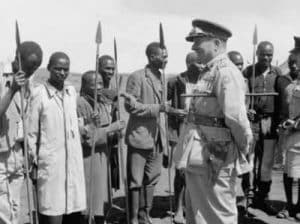
All of the troops involved in the massacre were arrested and held at Nairobi’s Buller Camp. A military inquiry was convened on 22 June but its findings were not made public. Erskine wrote letters to the local chiefs stating that ‘investigations have satisfied me that whoever is to blame, it is not any of the persons killed’.
Files were not sent to the attorney general and hence prosecutions did not take place, allegedly due to lack of evidence. Instead, the families of those massacred were given compensation.

Griffiths was charged with the murder of two other Kenyans in a separate incident, one which had taken place a few weeks before the Chuka massacre. He was acquitted but then arraigned before a second court-martial, this time charged with the murder of the prisoner whose ear had been tethered to the lead. He was convicted, stripped of his rank end received a seven-year sentence. He eventually wound up in Wormwood Scrubs where Seán MacStíofáin of the IRA was serving a seven-year sentence for his botched attempt to steal guns from an armoury in Felstead with Cathal Goulding and Manus Canning. MacStíofáin later formed the Provisional IRA and became its first chief-of-staff. In his memoirs he wrote of how he had read about Griffiths, who had been involved in the torture of prisoners and decided that given the opportunity:

we would give him a thumping. Unfortunately, when he and I came face-to-face I did not have the chance. It was in the library, where I was always accompanied by an officer who would take me from my cell, stand beside me while I selected my books and bring me back to be locked up again. Anyway, there was the cashiered torturer, looking a bit new and uncertain.
‘I say, where does one pass these books out?’ he asked me.
I felt a strong temptation to let him have it there and then, but with that prison officer beside me I could see my few precious privileges going up in smoke if l did. Instead I ignored the question and deliberately turned my back. The warder said nothing.
MacStíofáin and other prisoners felt that Griffiths seemed `very bitter about his come down and was doing his time really hard’. He was moved to an ‘open camp’ a few months later.
In the same passage where MacStíofáin described his encounter with Griffiths, he added that:
Little did I know it in Wormwood Scrubs, but at that very moment another British captain in Kenya was beginning to devise a new theory of counter-insurgency. His name was Frank Kitson. He was to become our deadliest enemy in the North.
It took six decades for Britain to come to terms with what had happened in Kenya. In 2011, the Foreign and Commonwealth Office ‘rediscovered’ 1,500 previously classified files on the counter-insurgency campaign against the Mau-Mau at a secret facility at Hanslope Park. They detailed the way Kenyan prisoners were beaten to death, burned alive, castrated and kept in manacles for years. In 2013, the British government paid out £19.9 million in compensation to 5,228 survivors.
Kitson had provided the readers of his 1960 book with the impression that his nation had behaved honourably in Kenya: ‘The Security Forces certainly had better weapons, better kit, better transport and better command arrangements than the Mau-Mau but they had firmly fastened one of their hands behind their back with the cord of legal difficulties.’
While he acknowledged some wrongdoing, he blamed it on mavericks and extenuating circumstances. He alleged that ‘once in a way, someone would take the law into his own hands and strike a blow where one seemed necessary, because the existing legal methods of dealing with the situation were not good enough. Looking back, I am sure that this was wrong. This conduct saved countless loyalist lives and shortened the Emergency. All the same it was wrong because the good name of Britain was being lost for the sake of saving a few thousand Africans and a few million pounds of the taxpayers’ money. Regardless of their popularity, the leaders of the Government and Security Forces stood four square against such practices, which were anyhow very rare’.

Kitson flourished in Kenya. He became Military Intelligence Officer for the Nairobi area and established a Special Methods Training Centre where courses were presented to field intelligence officers. Kitson caught the attention of Gen. Erskine who once donned civilian attire and drove to Kiambu to visit him and hear him read one of his papers on intelligence techniques. So impressed was Erskine, he provided the forward for Kitson’s 1960 book.
Kitson also impressed the chief of staff of the British army stationed there, Gen. Michael Carver, a high flier who proved beneficial to his future career. Carver rose to the pinnacle of the British army in 1971, Chief of the General Staff. Carver’s relationship with Kitson remained so close that Carver would wrote the introduction to his 1971 book.
The citation he received after Kenya pointed to a bright future:
Since August 1953 Captain KITSON has been responsible for the production of Mau-Mau intelligence in the southern parts of the Emergency affected area in KENYA. He has had the task both of identifying the terrorist organisation and obtaining contact information.
He has built up a military intelligence organisation which is the best in KENYA.
He has made excellent progress in identifying the enemy organisation.
His greatest success has been in developing methods for the procurement of contact information. His methods have set the pattern for the rest of the Colony. They involve small parties in the guise of Mau-Mau mingling by night with the Kikuyu in areas where the presence of terrorists is suspected. On numerous occasions the precise location of a gang has been established. Danger is inherent in such operations. Captain KITSON, accompanied by no more than one other European and two or three Kikuyu, whose loyalty has often been in doubt, has on several occasions, come face to face with armed terrorists; he has invariably engaged them, often with success.
By the exercise of the highest qualities of personal leadership and example, he has achieved the adoption of his methods by his subordinates, mostly young and inexperienced members of the KENYA Regiment.
On two occasions in the last year Captain KITSON has been ordered on leave because of overwork.
Captain KITSON has consistently performed dangerous duties of an unusual nature, and calling for the highest degree of initiative, imagination and leadership. In doing so, he has achieved standards far above those to be found normally in an officer of his rank and experience.

Officially, the Mau-Mau uprising lasted until 1960, although it had largely petered out by 1958. By then, Kitson was long gone, having left in 1955 for another trouble spot, Malaya, where he served as a company commander with the Rifle Brigade.
David Burke is the author of ‘Kitson’s Irish War’. It can be purchased here:
https://www.mercierpress.ie/irish-books/kitson-s-irish-war/
OTHER STORIES ABOUT BLOODY SUNDAY, THE BALLYMURPHY MASSACRE, BRIGADIER FRANK KITSON AND COLONEL DEREK WILFORD ON THIS WEBSITE:
The covert plan to smash the IRA in Derry on Bloody Sunday by David Burke
Soldier F’s Bloody Sunday secrets. David Cleary knows enough to blackmail the British government.
Colin Wallace: Bloody Sunday, a very personal perspective
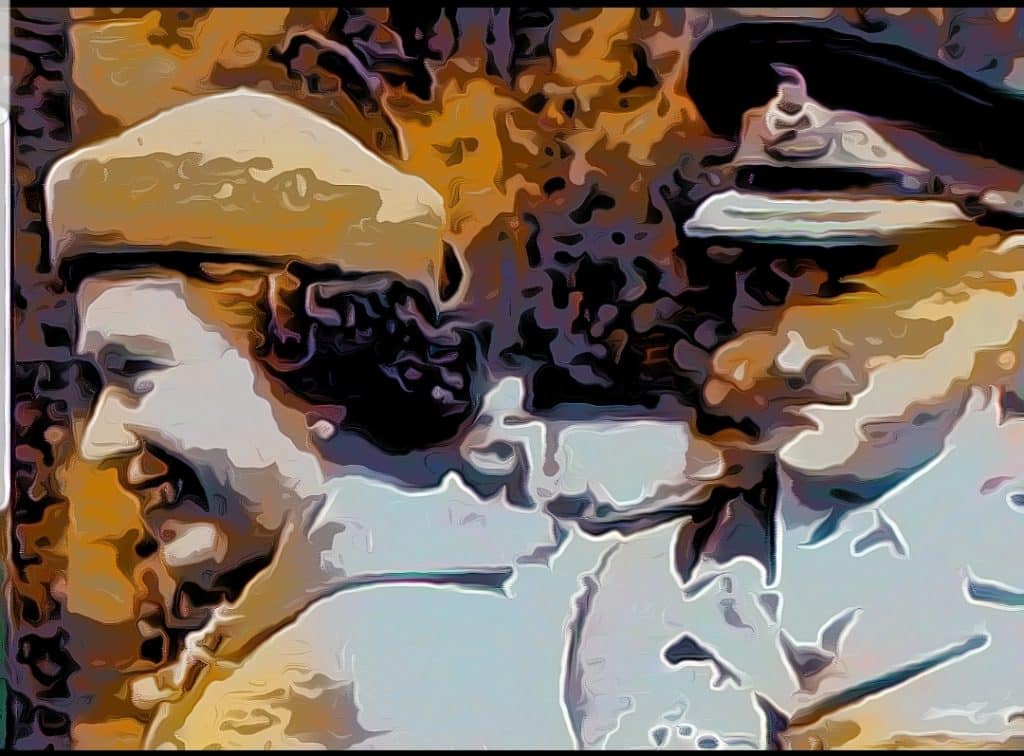
A Foul Unfinished Business. The shortcomings of, and plots against, Saville’s Bloody Sunday Inquiry.
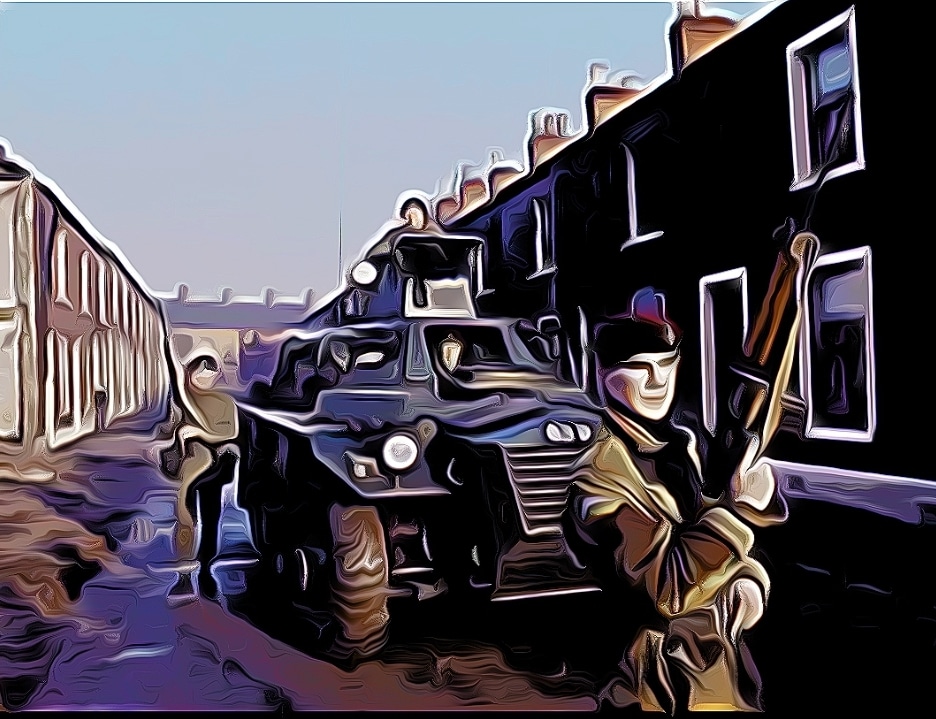

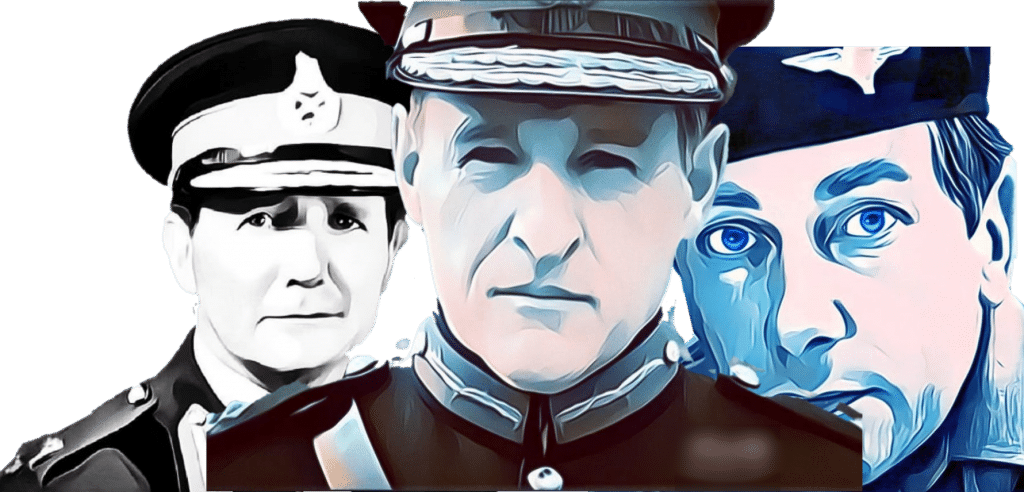
Soldier F, the heartless Bloody Sunday killer, is named.
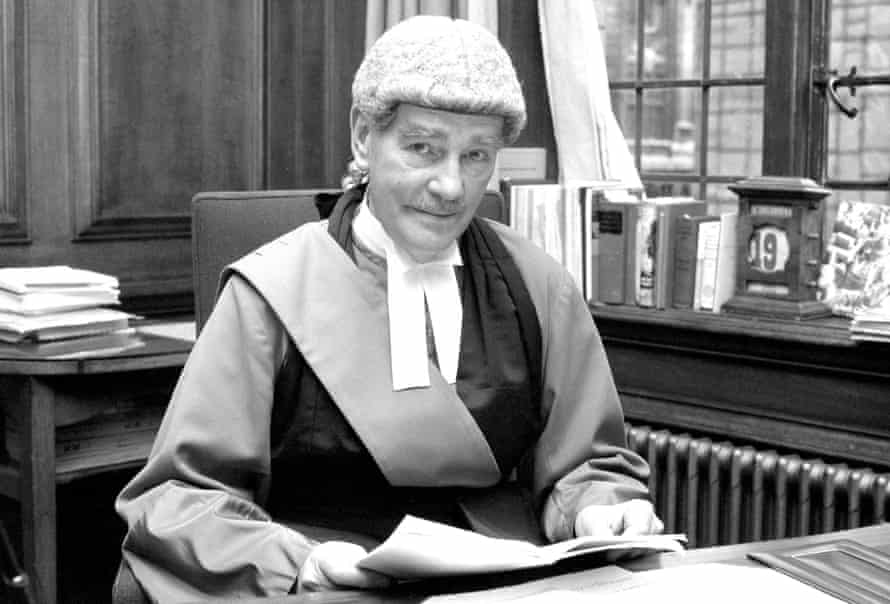
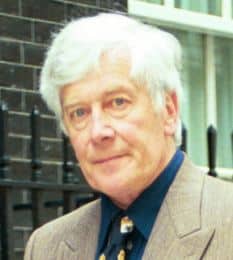

Brigadier Kitson’s motive for murdering unarmed civilians in Ballymurphy.
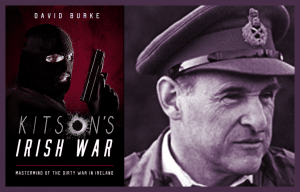




 … one of them, a tall coal-black bastard, kept grinning at me, real insolent. I slapped him hard, but he kept on grinning at me, so I kicked him in the balls as hard as I could … when he finally got up on his feet he grinned at me again and I snapped. I really did. I stuck my revolver right in his grinning mouth … and I pulled the trigger. His brains went all over the side of the police station. The other two [suspects] were standing there looking blank … so I shot them both … when the sub-inspector drove up, I told him the [suspects] tried to escape. He didn’t believe me but all he said was ‘bury them and see the wall is cleaned up’.
… one of them, a tall coal-black bastard, kept grinning at me, real insolent. I slapped him hard, but he kept on grinning at me, so I kicked him in the balls as hard as I could … when he finally got up on his feet he grinned at me again and I snapped. I really did. I stuck my revolver right in his grinning mouth … and I pulled the trigger. His brains went all over the side of the police station. The other two [suspects] were standing there looking blank … so I shot them both … when the sub-inspector drove up, I told him the [suspects] tried to escape. He didn’t believe me but all he said was ‘bury them and see the wall is cleaned up’.